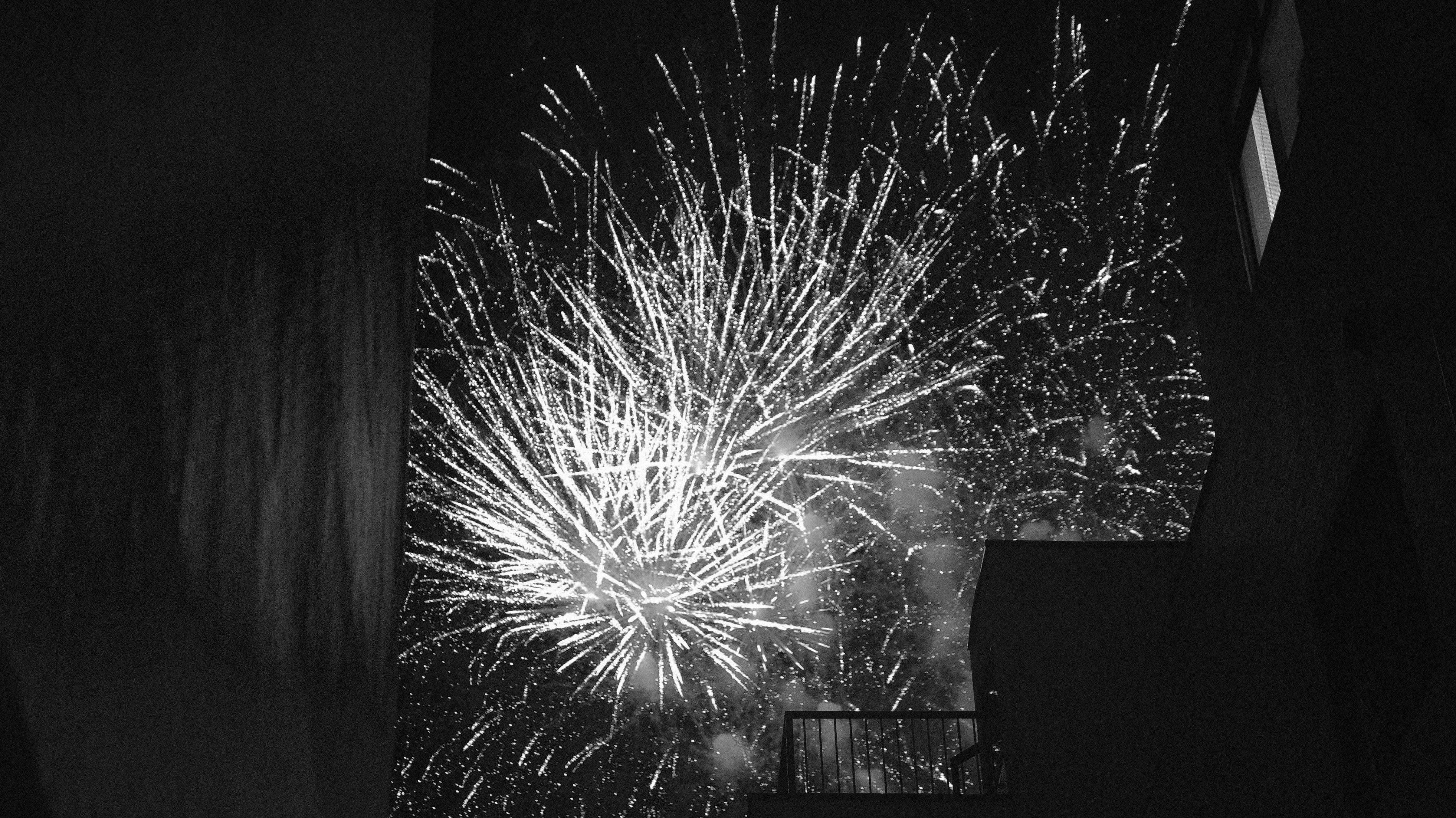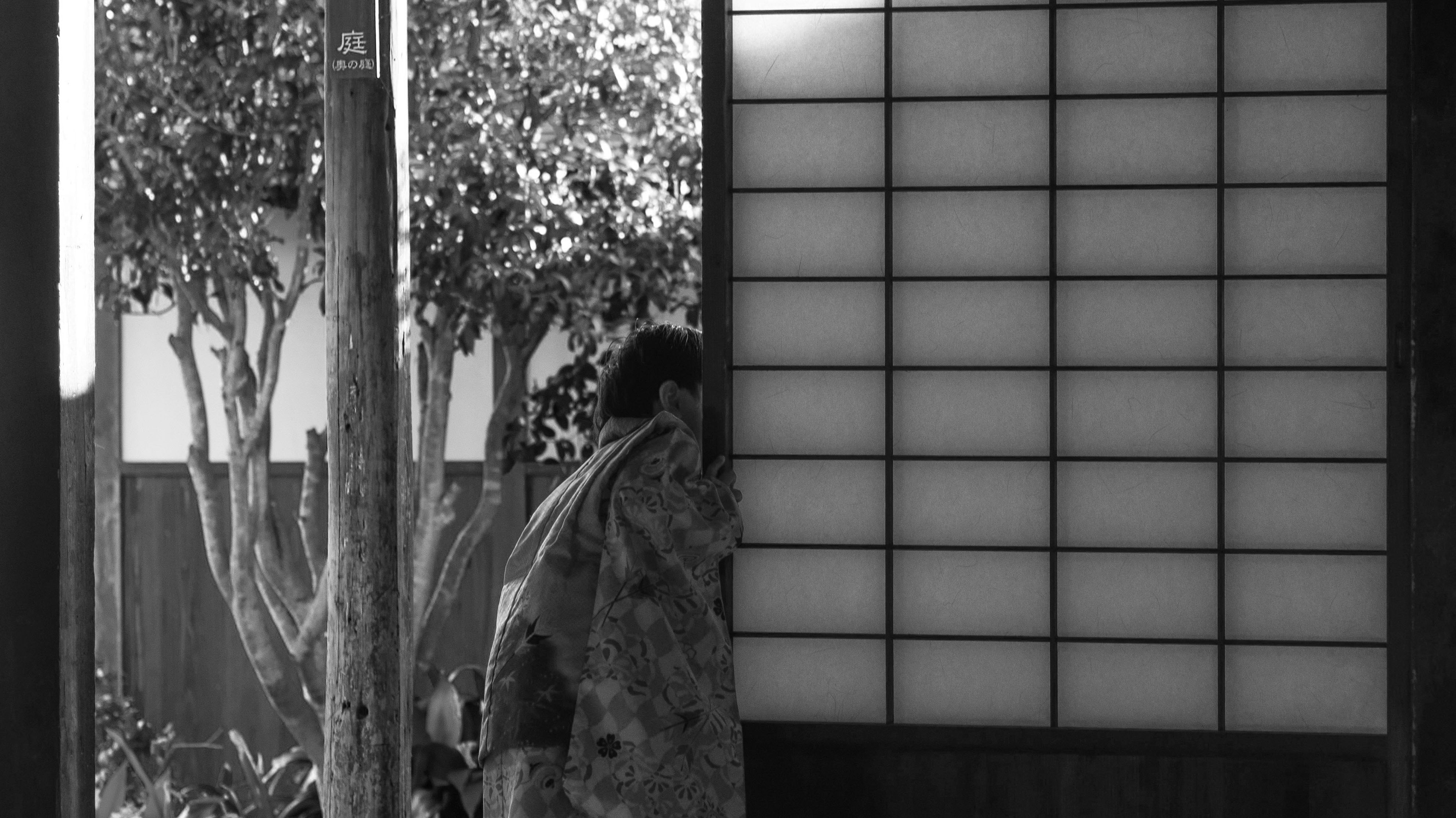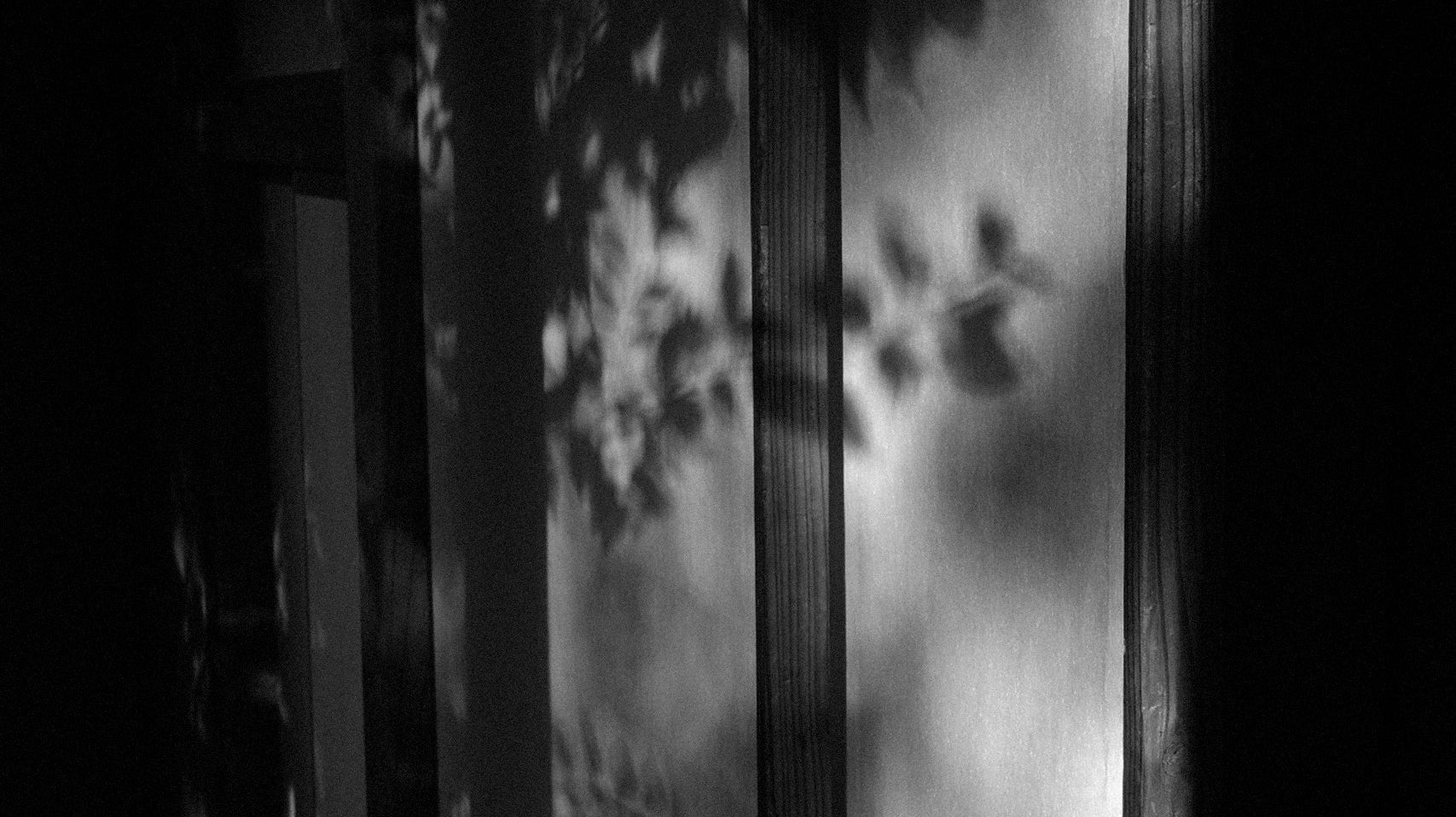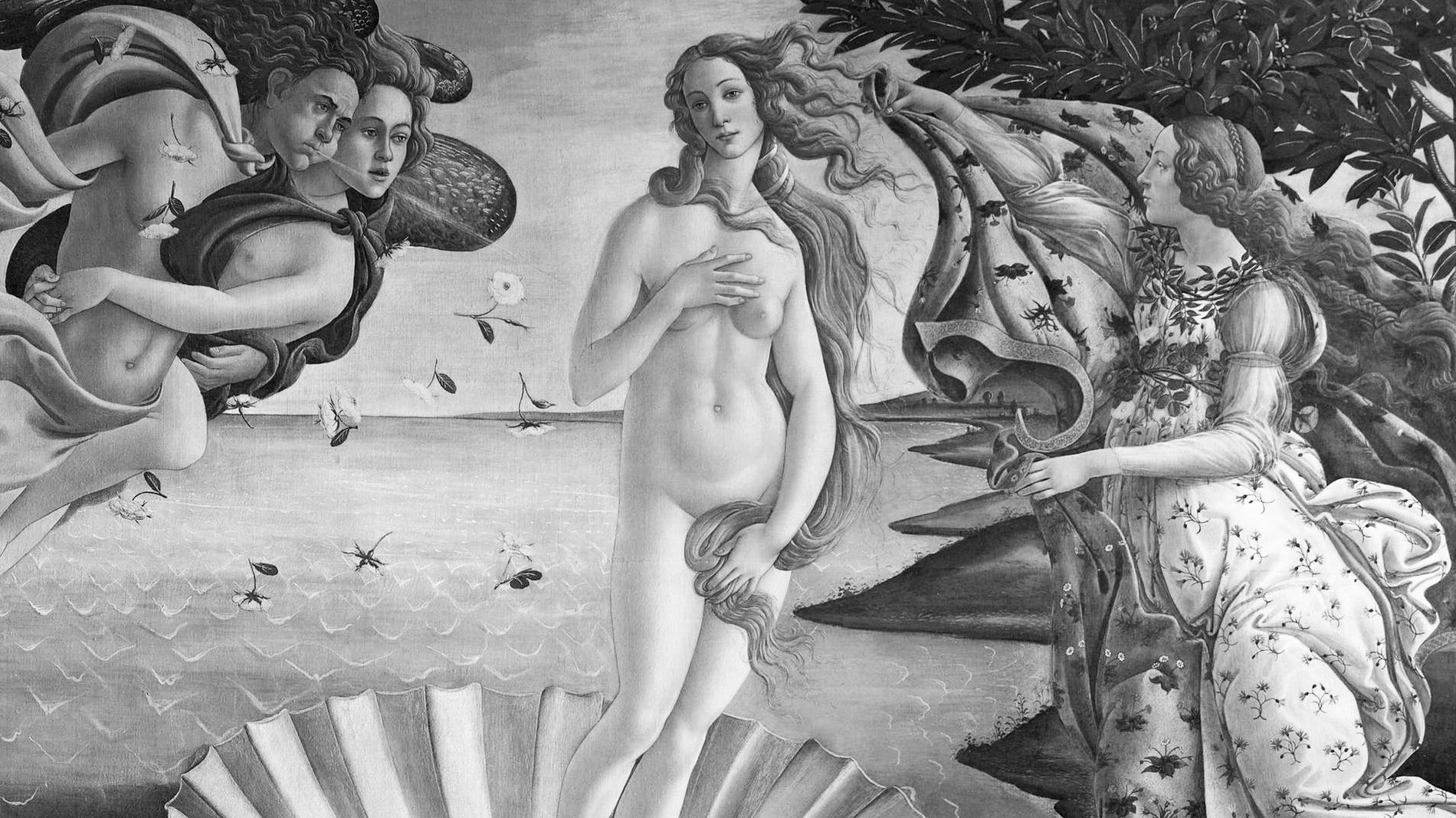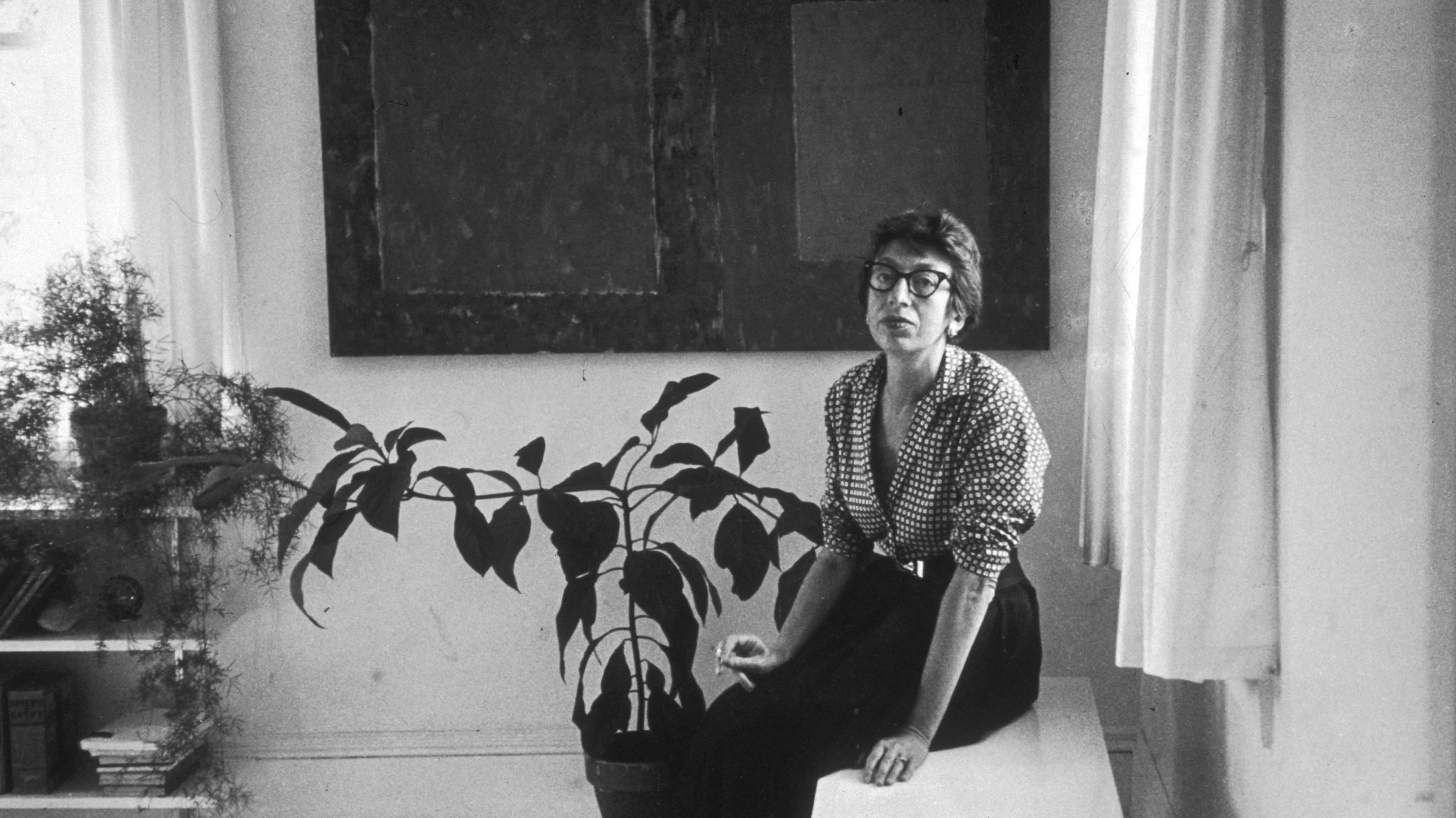Modern art, which began in the 1890s, transformed the course of Western visual culture. Over the 20th century, a series of groundbreaking movements and styles emerged, from Impressionism to Surrealism, laying the foundation of what we now call Modern art. These movements are not only milestones in art history but also continue to influence how we see and create art today. In this article, we will explore 8 major Modern art movements you need to know.
What is Modern Art?
Modern art refers to artworks created from the 1860s to the 1970s, a period marked by radical departures from traditional styles. Shaped by the Industrial Revolution and rapid social change, modern artists sought new ways of seeing and representing the world.
Rather than imitating reality, they experimented with abstraction, expressive color, bold techniques, and non-traditional materials. The aim was not to preserve the past but to explore fresh ideas and reflect the spirit of modern life.
Claude Monet, The Gare Saint-Lazare: Arrival of a Train, 1877.
While its beginnings are often traced to 19th-century France, Modern art grew through a succession of movements such as Impressionism, Post-Impressionism, and Cubism. Together, these styles redefined art’s purpose and remain some of the most influential achievements in Western culture.
• Further Reading: What is Modern Art? A Complete Definition and Guide
(8 Major Modern Art Movements You Need to Know - dans le gris)
Characteristics of Modern Art
Before the rise of Modern art, painting and sculpture in Europe followed strict academic traditions. Art was expected to be realistic, polished, and narrative, often centered on themes from history, religion, or mythology. Technical mastery, perspective, proportion, and lifelike detail were prized above personal expression.
• Further Reading: 6 Key Art Movements That Came Before Modern Art
Modern art broke away from these conventions. Its defining characteristic was a spirit of innovation and experimentation that challenged both technique and purpose. Instead of strict realism, artists embraced individual expression, using their work to convey personal vision and emotion. They experimented with form and color, moving toward abstraction, bold lines, and unconventional compositions.
Modern artists also expanded the materials and media of art, introducing collage, mixed media, and found objects. At the same time, their work reflected the rapid transformations of modern life, from industrialization and urban growth to new social and political realities.
These characteristics set Modern art apart from earlier traditions and opened the door to a wave of innovation. What followed was a succession of movements that challenged how art was made, viewed, and understood. Below, we will look at eight major modern art movements that shaped the course of art history.
8 Major Modern Art Movements You Should Know
(8 Major Modern Art Movements You Need to Know - dans le gris)
1. Impressionism: The Birth of Modern Art
Impressionism was an art movement that changed how artists represented the world. Emerging in France in the late 19th century, it focused on capturing fleeting effects of light and color in everyday scenes. Instead of carefully painted details, Impressionist artists used loose brushstrokes to convey the atmosphere and feeling of the moment.
A defining practice was plein air painting, or painting outdoors, which allowed artists to study the shifting effects of natural light. Common subjects included landscapes and scenes of daily life, depicted in ways that emphasized immediacy and movement.
The name “Impressionism ” was not chosen by the artists themselves. It came from Claude Monet’s painting Impression, Sunrise, which was exhibited in Paris in 1874. The critic Louis Leroy mocked the work in Le Charivari, saying it looked more like a sketch for wallpaper than a finished painting. The insult stuck, and the term “Impressionism ” became a lasting emblem of the movement’s bold approach.
Claude Monet, Impression Sunrise, 1872.
Despite strong opposition from the French art establishment, Impressionist painters persevered. Monet, Renoir, Pissarro, and Degas, among others, organized independent exhibitions after being rejected by official institutions. Their defiance not only reshaped the art world but also inspired Impressionist music and literature, making the movement one of the most influential turning points in modern art history.
(8 Major Modern Art Movements You Need to Know - dans le gris)
2. Post-Impressionism: From Light to Emotion in Modern Art
While Impressionism transformed painting by focusing on light and fleeting impressions, some artists felt it lacked depth. This dissatisfaction gave rise to Post-Impressionism, a movement that built upon Impressionism but moved art toward new expressive directions.
Emerging in the late 1880s, Post-Impressionism was less about observing the world and more about conveying inner emotions and personal vision. Post-Impressionist artists went beyond the study of light and color, turning instead to bold forms, simplified colors, and imaginative compositions. Their work emphasized symbolism, structure, and even early steps toward abstraction.
One of the most famous examples is Vincent van Gogh’s The Starry Night. With its swirling sky and luminous blues and yellows, the painting goes beyond mere observation. Van Gogh’s heavy brushstrokes and daring colors create a scene that feels at once real and dreamlike, charged with emotional intensity.

Vincent van Gogh, The Starry Night, 1889.
Another key figure was Paul Cézanne, often called the “father of modern art.” His use of geometric forms and simplified structures laid the groundwork for movements such as Cubism and Abstract Art. Unlike Impressionism, which emphasized spontaneity, Cézanne’s paintings sought order and permanence, demonstrating how Post-Impressionism opened the door to modernist experimentation.
Unlike Impressionism’s relatively unified approach, Post-Impressionism was never a single style. Instead, it encompassed a range of individual voices—from Van Gogh’s emotional brushwork to Cézanne’s structured compositions and Paul Gauguin’s use of symbolism and exotic themes. What united them was the desire to push beyond Impressionism’s limitations and explore new ways of expressing the human experience.
(8 Major Modern Art Movements You Need to Know - dans le gris)
3. Fauvism: Modern Art That Redefined Color and Emotion
Fauvism was one of the first major Modern art movements of the 20th century. Known for its bold use of color and expressive brushwork, it was short-lived yet highly influential, beginning around 1905 and lasting until about 1910. The term “Fauvism,” meaning “wild beasts” in French, was first used by critics as a mocking label for the vibrant and untamed qualities of the artists’ work.
The movement was defined by vivid colors, textured brushstrokes, and non-naturalistic depictions. Instead of using color to imitate the real world, Fauvist artists treated it as a powerful tool for emotion and energy. A figure might appear in bright green, a landscape in fiery red, or a sky in deep purple. These daring choices were not meant to replicate nature but to express the artist’s mood and inner vision. Henri Matisse, often regarded as the leader of the Fauvist painters, exemplified this approach in works that remain iconic today.

Henri Matisse, Still Life with Vegetables, 1905.
Fauvism marked a decisive break from both Impressionism and traditional artistic conventions. As one of the earliest avant-garde movements of the new century, it pushed art toward greater freedom and experimentation. Its focus on emotion over realism paved the way for Expressionism and Abstract Art, showing that painting could prioritize creativity and personal vision over accurate representation.
(8 Major Modern Art Movements You Need to Know - dans le gris)
4. Expressionism: Art of Inner Emotions and Struggles
Expressionism emerged in the early 20th century as one of the most powerful movements in Modern art. Building on Fauvism’s bold use of color, it shifted the focus from external reality to the inner world of emotion, spirituality, and psychological struggle. Rather than depicting life with accuracy, Expressionist artists sought to reveal the raw, often unsettling feelings beneath the surface of human experience.
The movement arose during a time of rapid industrialization, growing urbanization, and mounting social tensions that would eventually lead to World War I. Against this backdrop of alienation and uncertainty, Expressionism became a visual language for anxiety, conflict, and inner turmoil.

Egon Schiele, Cardinal and Nun, 1912.
Building on Fauvism’s bold use of color, Expressionism took this to the next level with distorted forms, exaggerated lines, and unconventional hues. These techniques allowed artists to capture the emotional struggles, anxieties, and chaos of a world in crisis. Expressionist paintings are often marked by energetic brushwork and thick layers of paint, enhancing their emotional intensity.
Common subjects in Expressionism, such as landscapes and portraits, were transformed into dramatic, personal reflections of the artist’s inner feelings. These artworks mirrored the chaos, uncertainty, and emotional unrest of the time, creating a deeply personal and emotional connection between the artist and the viewer.
(8 Major Modern Art Movements You Need to Know - dans le gris)
5. Cubism: Redefining Space and Form in Modern Art
Following the emotional intensity of Expressionism, Cubism emerged as a groundbreaking movement in the early 20th century, fundamentally reshaping the art world. Developed around 1907 by Pablo Picasso and Georges Braque, Cubism broke away from traditional European conventions of space and form, introducing a revolutionary way of viewing and depicting reality.
Juan Gris, Guitar and Fruit Dish, 1919.
Unlike Expressionism, which emphasized personal emotions and inner turmoil, Cubism focused on the structure and complexity of reality. Cubist artists sought to present multiple perspectives simultaneously, challenging the notion of a single viewpoint. Instead of realistic depictions, they used fragmented shapes, geometric forms, and contrasting angles to create abstract compositions. This innovative style reflected a growing interest in science, technology, and new ways of perceiving the modern world.
The radical shift away from traditional perspective was more than an artistic experiment—it mirrored a broader cultural transformation. Cubism questioned established norms and explored new dimensions of reality, marking a pivotal step toward abstraction in modern art. The movement’s influence extended beyond painting, inspiring developments in sculpture, design, and even literature.
(8 Major Modern Art Movements You Need to Know - dans le gris)
6. Futurism: Art That Captured the Speed of Modern Life
While Cubism explored fragmented perspectives, Futurism took this concept to a new level, focusing on the speed, energy, and vitality of the modern world.
Emerging in Italy around 1909, Futurism was deeply influenced by the rapid technological advancements and industrial growth of the early 20th century. The movement was founded by Italian poet Filippo Tommaso Marinetti, who rejected the past and championed a bold vision of the future. Futurist artists sought to capture the dynamic essence of modern life, celebrating the power and chaos of industrial progress.
Giacomo Balla, Abstract Speed and Sound, 1913-1914.
Futurist art is characterized by dynamic compositions, vibrant colors, and repeating forms, all designed to evoke motion and excitement. Common subjects included cars, trains, and bustling cityscapes, reflecting a fascination with the fast-paced, chaotic energy of the modern era. Through their innovative approach, Futurist artists redefined how movement and modernity could be represented in Modern art.
(8 Major Modern Art Movements You Need to Know - dans le gris)
7. Dadaism: Chaos and Absurdity in Modern Art
As the chaos and destruction of World War I unfolded, a new movement emerged in stark contrast to the optimism and energy celebrated by Futurism. Known as Dadaism, this avant-garde movement rejected traditional notions of art and confronted the absurdity of the times.
Dadaism was born during the First World War, fueled by a profound sense of disillusionment with logic, reason, and nationalism—ideologies many believed had led to the war. In stark contrast to the structured techniques of Cubism and Futurism, Dadaism embraced chaos, irrationality, and spontaneity as its guiding principles.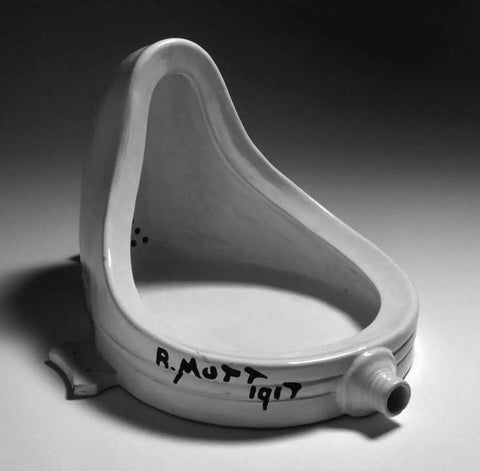
Marcel Duchamp, Fountain, 1917.
Dada artists used innovative techniques such as collage, photomontage, and assemblage, combining unrelated elements in surprising and often provocative ways. These works aimed to question societal norms, challenge traditional values, and redefine what art could be. The movement often reflected its artists' left-wing political views, using satire and absurdity to critique culture, politics, and art itself.
Dadaism wasn’t just a style; it was a cultural rebellion that pushed the boundaries of creativity, setting the stage for later avant-garde movements like Surrealism. Its legacy lies in its radical challenge to conventions and its bold assertion that art could be anything the artist imagined.
(8 Major Modern Art Movements You Need to Know - dans le gris)
8. Surrealism: Art About Dreams and the Unconscious Mind
Emerging in the 1920s, Surrealism grew out of the chaotic, anti-art spirit of Dadaism but took a more introspective approach. While Dadaism celebrated absurdity and rejected reason, Surrealism aimed to unlock the depths of the human psyche by exploring dreams and the unconscious mind.
Surrealism balances conventional views of life with a fascination for the strange and dream-like. Renowned for its illogical scenes and bizarre juxtapositions, the movement was heavily influenced by psychoanalysis and the writings of Sigmund Freud. Surrealist artists sought to bridge the gap between the conscious and unconscious mind, delving into the irrational to uncover hidden truths about human nature.
Leonora Carrington, Green Tea, 1942.
To achieve this, Surrealists employed innovative techniques such as automatic drawing, dream imagery, and surprising combinations of objects. These methods created unsettling visuals that defied logical explanation, inviting viewers into a world where reality and fantasy blur together. Surrealist works, such as Salvador Dalí’s The Persistence of Memory, exemplify the movement’s goal of challenging traditional perceptions of reality.
More than just an artistic style, Surrealism was a profound exploration of human consciousness and the mysteries of the mind. Its influence extended beyond art, shaping literature, film, and philosophy, and leaving a lasting impact on modern culture.
(8 Major Modern Art Movements You Need to Know - dans le gris)
Modern Art vs. Contemporary Art: What’s the Difference?
The terms “modern” and “contemporary” are often confused, since both suggest something current or new. In art history, however, they refer to different periods. modern art generally describes works created from the 1860s to the 1970s, while contemporary art refers to art produced after the modernist era and continuing into the present.
Most art historians place the transition in the late 1960s or early 1970s, marking the end of modernism and the beginning of contemporary art. Unlike modern art, which is tied to a specific historical period, contemporary art remains ongoing and continues to evolve with today’s cultural and social contexts.
• Further Reading: What is Contemporary Art? Definition, Characteristics and Artists
(8 Major Modern Art Movements You Need to Know - dans le gris)
Read More Art Articles:
• 6 Forgotten Modern Art Movements You Should Know
• Surrealism in Art: From the Unconscious Dream to Artistic Reality
• 6 Key Art Movements That Came Before Modern Art
• Bauhaus Movement: How It Revolutionized Art and Design

